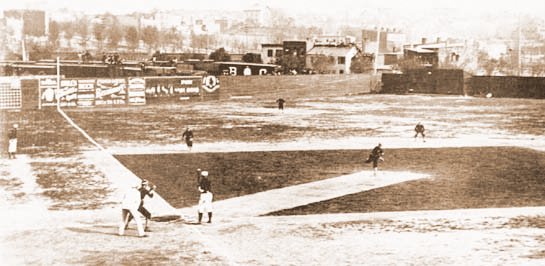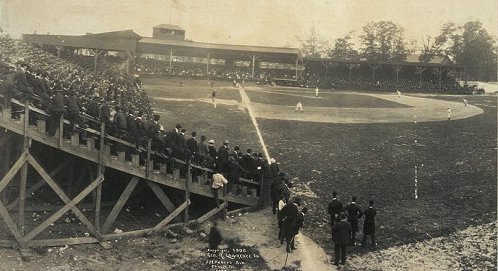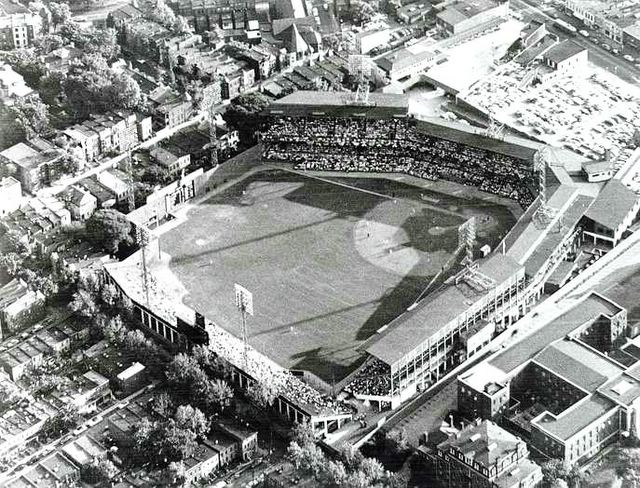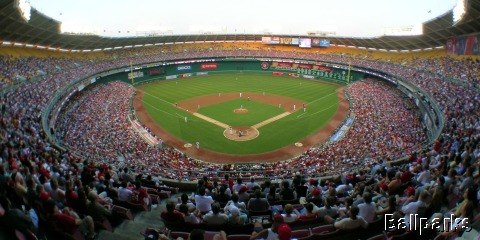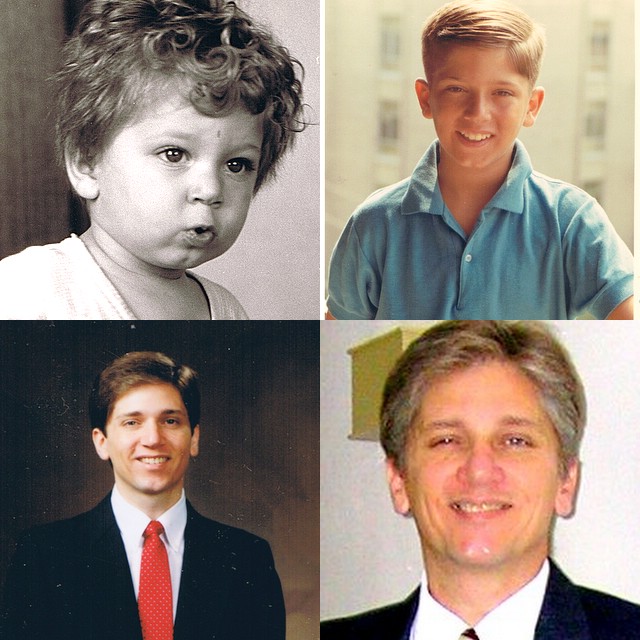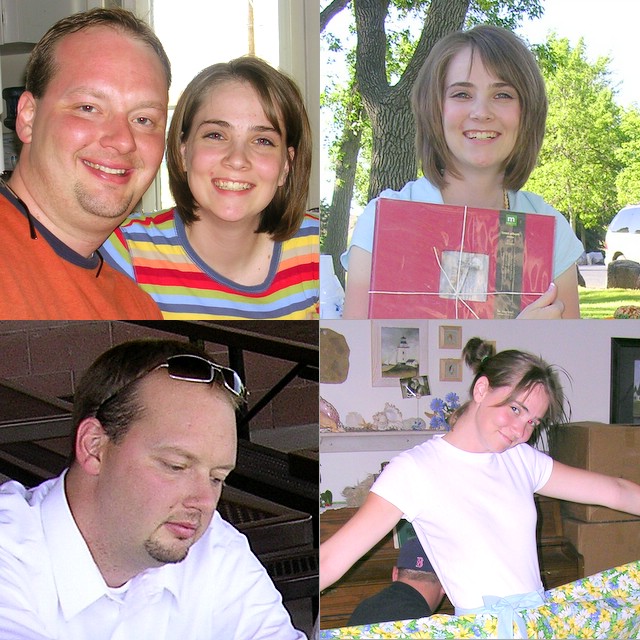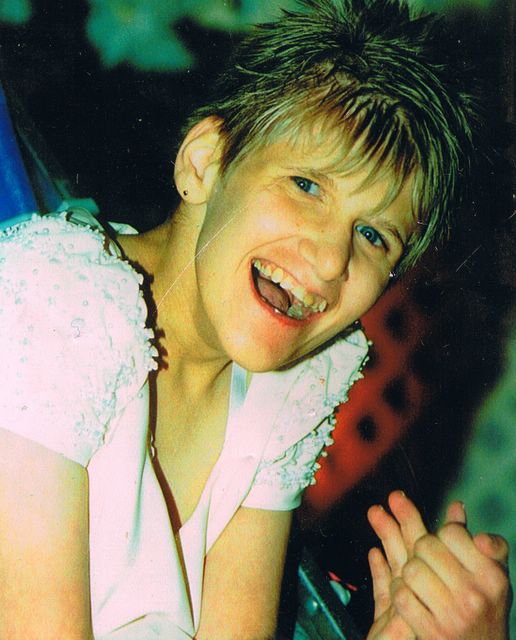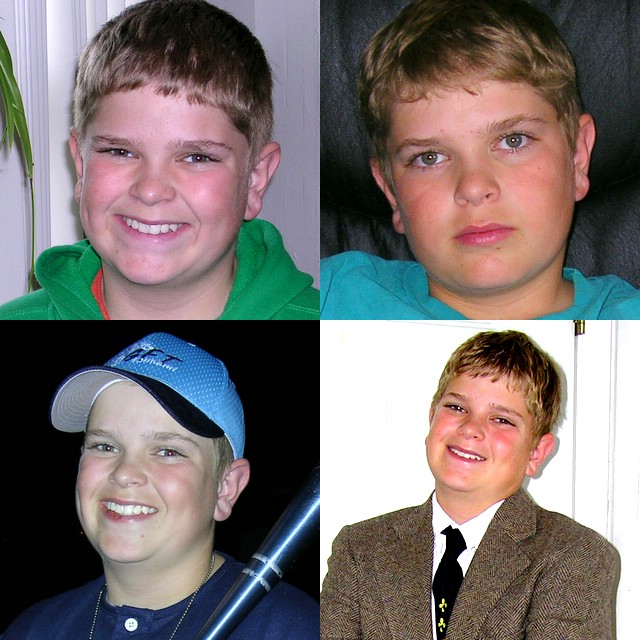As Lease Signing Nears, Some Thoughts On How To Play Baseball In D.C.
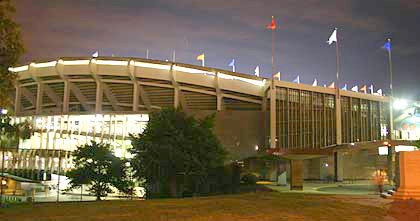 [February 14th] --Oakland reliever Justin Duchscherer felt it. All of the Oakland Athletics players and coaches noticed it. They had thought playing at RFK Stadium would be similar to Camden Yards in terms of the weather, but it wasn't. Said Duchscherer, "Our starting pitchers were coming into the dugout after the third or fourth inning and saying, 'Man, I'm done, I'm out of gas.'" This was in June of last year.
[February 14th] --Oakland reliever Justin Duchscherer felt it. All of the Oakland Athletics players and coaches noticed it. They had thought playing at RFK Stadium would be similar to Camden Yards in terms of the weather, but it wasn't. Said Duchscherer, "Our starting pitchers were coming into the dugout after the third or fourth inning and saying, 'Man, I'm done, I'm out of gas.'" This was in June of last year.
While some players see the humid weather as a friend to the Nationals, kind of a sticky version Denver's "mile high" advantage, other players see the stadium as the real home field advantage. Players refer to it as "Retro Field" and "The Great Outback." Billy Wagner joked, "Isn't this how stadiums looked during the dead-ball era?" Florida catcher Paul LoDuca said it best:"RFK is huge. A lot of guys come back to the dugout shaking their heads." The entire National League East is based on big, burly home run hitters, that "station to station" kind of scoring that would make Earl Weaver proud. That doesn't work at RFK. The teams who can downshift, pop the clutch and switch gears can win there. But please, don't ask Ryan Howard to steal 2nd with two out.
The great majority of players today have never played in a "real" baseball park, one where you had to earn your home runs by crushing the ball with all your might. They don't know a time when opposite field homers were rare. In 1991, Camden Yards became the "cookie cutter" design that the next generation of stadiums were patterned after. Foul ground was replaced by expensive box seats. The total square footage of fair territory in these new stadiums was down by as much a 4%. Check swings became doubles to the wall. Pop flies became home runs. Bad players became sluggers and sluggers became hall-of-famers. When the Expos moved to Washington, old school baseball was back in business.
Opposition hitters have complained since opening day that the fences were much farther than their markings indicate. "Too much foul ground" they complained. Home run hitters didn't feel quite as strong when they stepped to the plate at RFK. Some of these complaints are true, of course, but mostly, RFK has "freaked out" the opposition. Mike Lowell said, "I'm standing near third base, and I look over to the stands and, man, it's like their bouncing up and down. I'm not an engineer or anything, but I'm pretty sure that's not supposed to happen. I kept waiting for the whole thing to come tumbling down on me." Luis Gonzales was not as concerned with the stadium itself, but who was there. "The Box seats are like a who's who in politics." Players are watching their President instead of the hitter.
Memo to the HOK architects, the folks designing the new stadium: The Mayor has assured Washingtonians that our new stadium will not be a carbon copy of Camden Yards, or Jacobs Field, or any of the other band-boxes that dot the MLB scene today. Good. But you have to go farther. Leave the field a wide expanse. Keep the foul territory both generous and ample. Force the Nationals to create a team that is fast and defensively sharp. Keep a bevy of quality pitchers on the staff. Bring in a bunch of line drive hitters to fill the roster. Sean Casey is an example of the type of player that would do well at the new, large park. Sean Casey can hit a line drive into the gap at Camden Yard for a double. Sean Casey can hit that same line drive into the gap at RFK or it's replacement and find himself at third base. This quick, line drive type of offense will work here in Washington, and will work well in Philadelphia or Cincinnati. The reverse doesn't hold true, however. Many of Carlos Delgado's long drives will be caught on the warning track at RFK, and it's hard to change the makeup of a team for a 3 game series.
Washington's fans are watching real baseball at RFK. We're beginning to again realize that triples are just as exciting to watch as a home run, that speed has a value equal to power. I hope that the new stadium will be created to keep making the opposing teams upset about it's dimensions and design. Luis Gonzalez complained about the small size of RFK's visitors clubhouse. Fine. Make is smaller. Mike Lowell didn't like the way the 3rd base stands bounced. Cool. Make ALL the stands bounce. It's these distractions that give teams like the Nationals the edge. No reason at all these "edges" have to stay behind when the team moves to the new park.
You'll notice that Casey has actually been more of a flyball hitter over the past few seasons that a line drive guy. As you rightly pointed out, flyball hitters don't do so well at spacious RFK.
Hey, good enough me!
<< Home









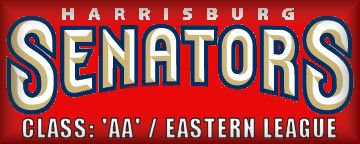
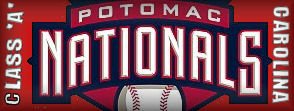

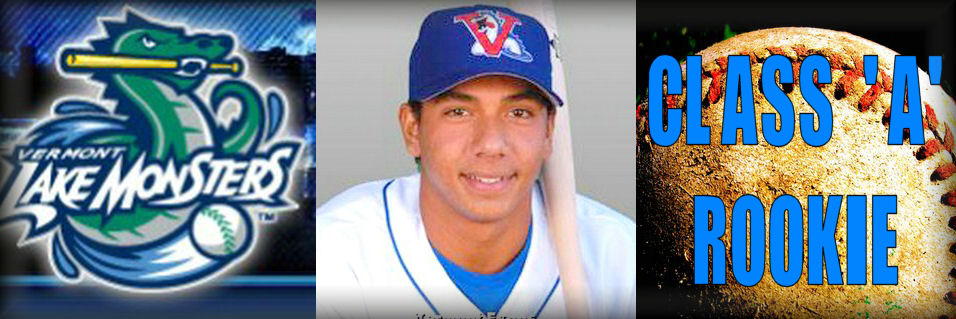











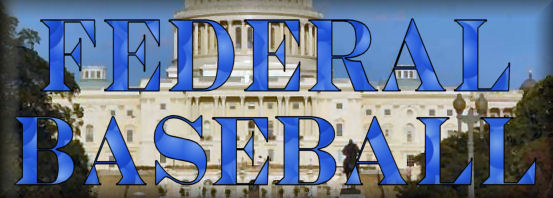



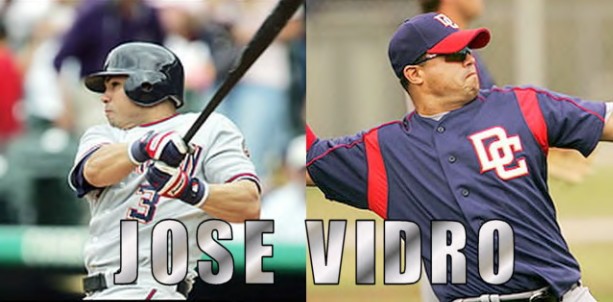




















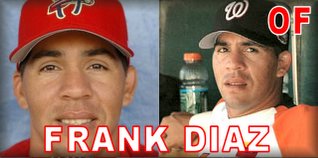

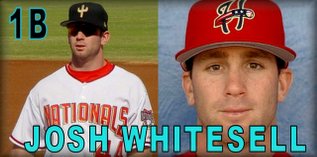
 3) 1926 (road) --- 4) 1936-'37, 1948-'51
3) 1926 (road) --- 4) 1936-'37, 1948-'51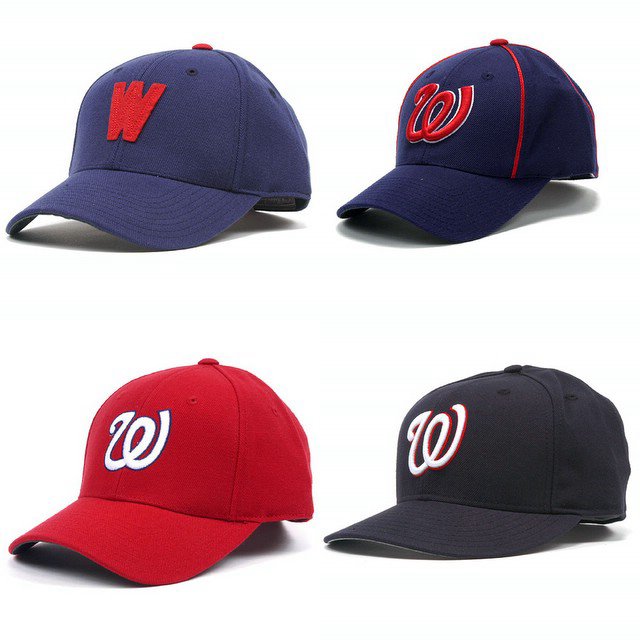 3) 1968 - '71, and 2005 (home) --- 4) 2005 (road)
3) 1968 - '71, and 2005 (home) --- 4) 2005 (road) Buddy Meyer --- Walter Johnson
Buddy Meyer --- Walter Johnson Ed Yost --- Muddy Ruel
Ed Yost --- Muddy Ruel Roger Peckinpaugh --- Joe Cronin
Roger Peckinpaugh --- Joe Cronin Del Unser --- Darold Knowles
Del Unser --- Darold Knowles Ed Stroud - Mike Epstein
Ed Stroud - Mike Epstein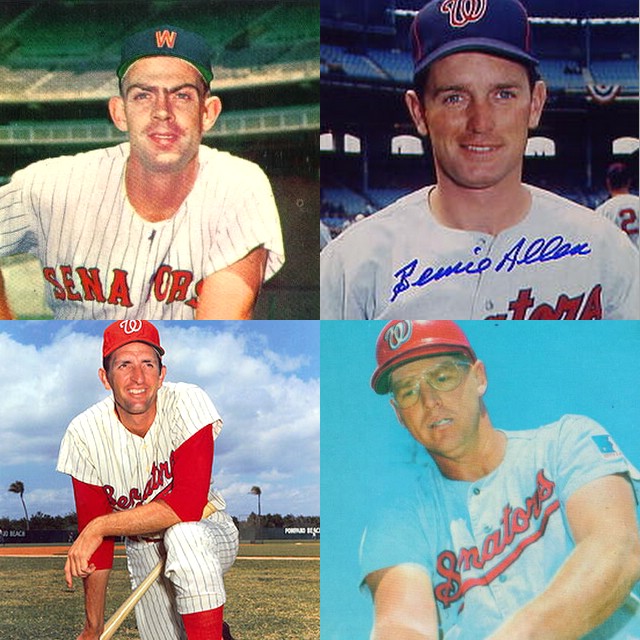 3)1968 -- 4)1969 - 1971
3)1968 -- 4)1969 - 1971